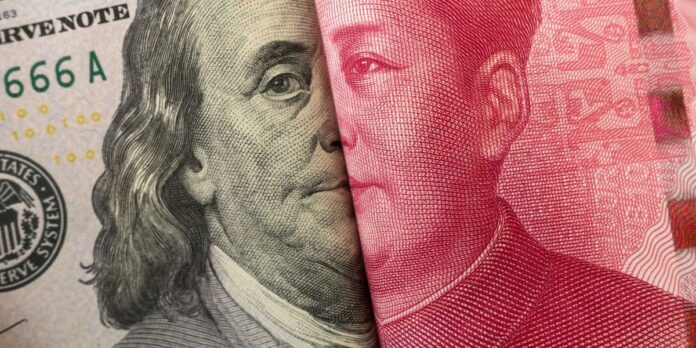Introduction to the US-China Trade War
The US and China are currently engaged in a full-blown trade war, with both countries imposing sweeping tariffs on each other’s goods. The conflict began with US President Donald Trump’s campaign promises to revamp America’s trade relationships and has since escalated into a tit-for-tat trade war with key US allies and competitors alike.
How the Trade War Escalated
The trade war between the US and China began in January, when Trump threatened 25 percent tariffs on Canadian, Mexican, and Colombian imports. The situation escalated in February, when the US broadened its tariff scope, increasing steel and aluminum duties and unveiling a "reciprocal tariff" policy. This policy signaled that countries with higher import taxes on American goods would face equivalent treatment.
Key Events in the Trade War
Some key events in the trade war include:
- January 20-26: Trump threatens 25 percent tariffs on Canadian, Mexican, and Colombian imports.
- February 10-13: The US broadens its tariff scope, increasing steel and aluminum duties.
- February 25-March 1: Trump orders probes into tariffs on critical materials like copper and lumber under national security justifications.
- March 4-6: Tariffs on Mexico and Canada officially go into effect, but carveouts are granted for US automakers.
- March 10-13: China’s 15 percent agricultural tariffs take effect, and Trump presses forward with new steel and aluminum taxes.
- March 24-26: Trump targets Venezuela-linked imports and imposes a sweeping 25 percent tariff on foreign autos.
- April 2-5: Trump makes his most dramatic move yet, a "reciprocal" tariff regime applying a baseline 10 percent tax on all global imports.
- April 9-10: The Trump administration announces a 90-day suspension for most tariffs, except for China, and China retaliates with an 84 percent tariff on US goods.
Bracing for Impact
Despite the mutual saber-rattling, both the US and China have left the door open to dialogue, albeit on vastly different terms. China’s Foreign Ministry urged the US to demonstrate "an attitude of equality, respect, and mutual benefit." US Treasury Secretary Scott Bessent struck a defiant tone, dismissing China’s retaliatory measures as ineffective.
The Risks of the Trade War
Economists and international trade experts warn that the stakes are high, not just for the two economic giants, but for the world. According to WTO forecasts, the fallout could slash global trade volumes by hundreds of billions of dollars. The trade war could also lead to higher prices for consumers, as well as job losses and economic instability.
Conclusion
The US-China trade war is a complex and multifaceted issue, with no clear end in sight. While both countries have left the door open to dialogue, the situation remains volatile, and the risks of further escalation are high. As the trade war continues to unfold, it is essential to stay informed and up-to-date on the latest developments and their potential impact on the global economy.

